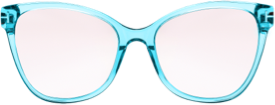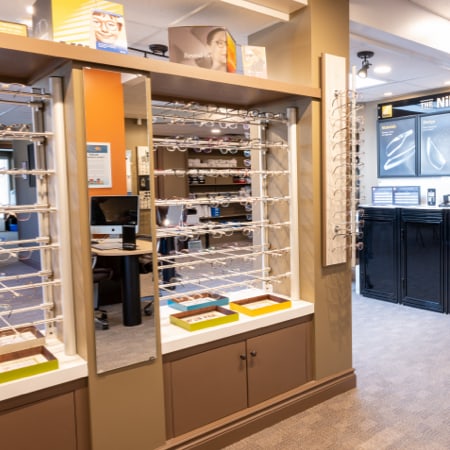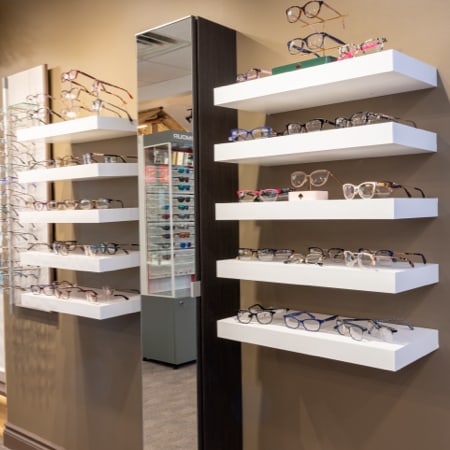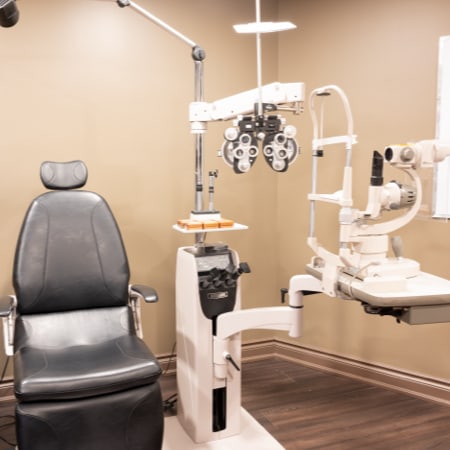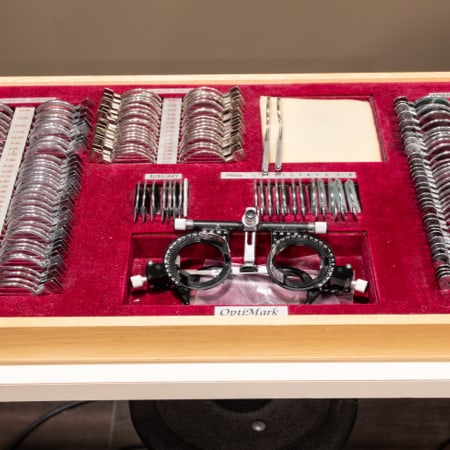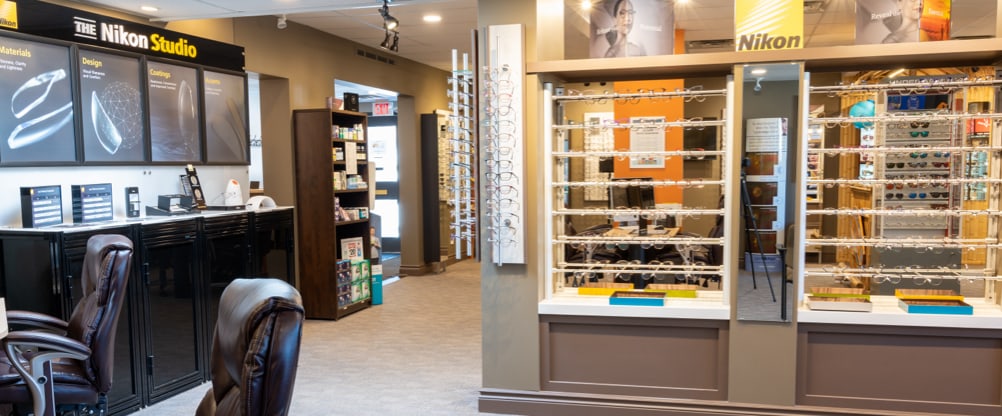Sunglasses are more than a fashion accessory—they’re an essential tool for safeguarding our eye health and enhancing vision in bright conditions. With the advent of polarized sunglasses, the marketplace buzzes with claims of superior protection and clarity. But what sets polarized sunglasses apart, and are they genuinely a superior choice? The reality is polarized lenses are a great choice for eye protection in the sun, but they aren’t necessarily the best or only option.
Your unique needs are what determine what the best sunglasses lenses are. For example, a polarized lens may be the best if you’re spending time by the water and need the anti-glare. But you don’t necessarily need polarization if all you’re worried about is UV protection. One thing is certain regardless of which route you go—skipping protecting your eyes isn’t an option because sun exposure can lead to several vision-threatening eye diseases and conditions.
What Are Polarized Sunglasses?
Polarized sunglasses are designed to tackle the blinding problem of glare. Unlike standard lenses, polarized lenses have a special chemical film that filters light. This film allows light to enter the lens at only one angle, significantly reducing glare from reflective surfaces like water, pavement, and snow.
The result? A vastly improved visual clarity, contrast, and visual comfort for the wearer. Anyone who spends time with an activity like fishing knows the value of enhanced visual clarity and contrast when you’re trying to see beneath the water’s surface.
Glare Reduction
Polarized sunglasses excel in environments where sunlight bounces off horizontal surfaces. They make activities like driving, fishing, and skiing safer and more enjoyable by blocking this reflected glare, allowing you to see with unparalleled clarity without squinting.
UV Protection
While polarized lenses are celebrated for their glare reduction, it’s crucial to note that polarization alone does not equate to UV protection. But most high-quality polarized sunglasses offer robust UV protection, blocking out harmful UVA and UVB rays. Just ensure you check that your polarized sunglasses include 100% UV protection.
Visual Clarity
Beyond glare reduction, polarized lenses can enhance the depth of field and colour contrast, presenting the world in crisp detail and vibrant colours. This enhanced clarity makes them particularly beneficial for sports and outdoor activities where visual clarity is paramount.
Who Can Benefit?
Anyone who spends time outdoors can benefit from polarized sunglasses, especially those often exposed to glaring conditions—drivers, boaters, skiers, bikers, golfers, and anglers, to name a few.
But their benefits aren’t confined to sport and outdoor enthusiasts—anyone looking to reduce eye strain and enhance visual comfort in bright conditions will appreciate the difference polarization makes.
Common Misconceptions
There’s a persistent myth that polarized sunglasses can adversely affect visibility on LCD screens, making them unsuitable for use with certain devices. While it’s true that polarization may alter the appearance of some screens, technology has advanced, and many users find little to no negative impact on visibility.
The belief that polarized sunglasses underperform in overcast conditions is misleading. Polarized lenses can enhance visual clarity by reducing the diffuse glare even when the sun isn’t shining brightly.
How to Choose the Right Pair
Selecting the right pair of polarized sunglasses involves more than just confirming the lenses are polarized because not all sunglasses are made equal. Consider the following:
Lens Quality
Look for lenses that offer high durability and clarity. Opt for materials like polycarbonate or SR-91 for a blend of safety and visual acuity. Your eye doctor may also be able to offer you your prescription for your sunglasses so you’re not sacrificing your vision when choosing to protect your eyes from the sun.
Frame Style & Comfort
Your sunglasses should fit comfortably and provide adequate eye coverage. But don’t get so focused on function that you forget style because your sunglasses should also be a stylish accessory you love wearing. You may be less inclined to wear them when you should if you don’t like how they look and feel.
Budget
While polarized sunglasses can be more costly than non-polarized alternatives, they’re an investment in your eye health. Your eye doctor or optician can help direct you to sunglasses that meet your needs and fit within your budget.
Discuss Your Sunglasses with Your Eye Doctor
Polarized sunglasses represent a significant advancement in visual technology, providing a stylish way to protect your eyes with substantial functional benefits. With capabilities ranging from glare reduction to enhanced clarity, they offer undeniable advantages for a wide spectrum of users.
Investing in a quality pair of polarized sunglasses can dramatically improve your visual experience, but it’s important to remember that they aren’t inherently better simply because they’re polarized.
Call us at Orillia Optometry or stop by the clinic if you have questions about sunglasses. We’re happy to help you determine whether you need polarized lenses, and we can also help you with other things like prescription lenses and other beneficial lens coatings.




